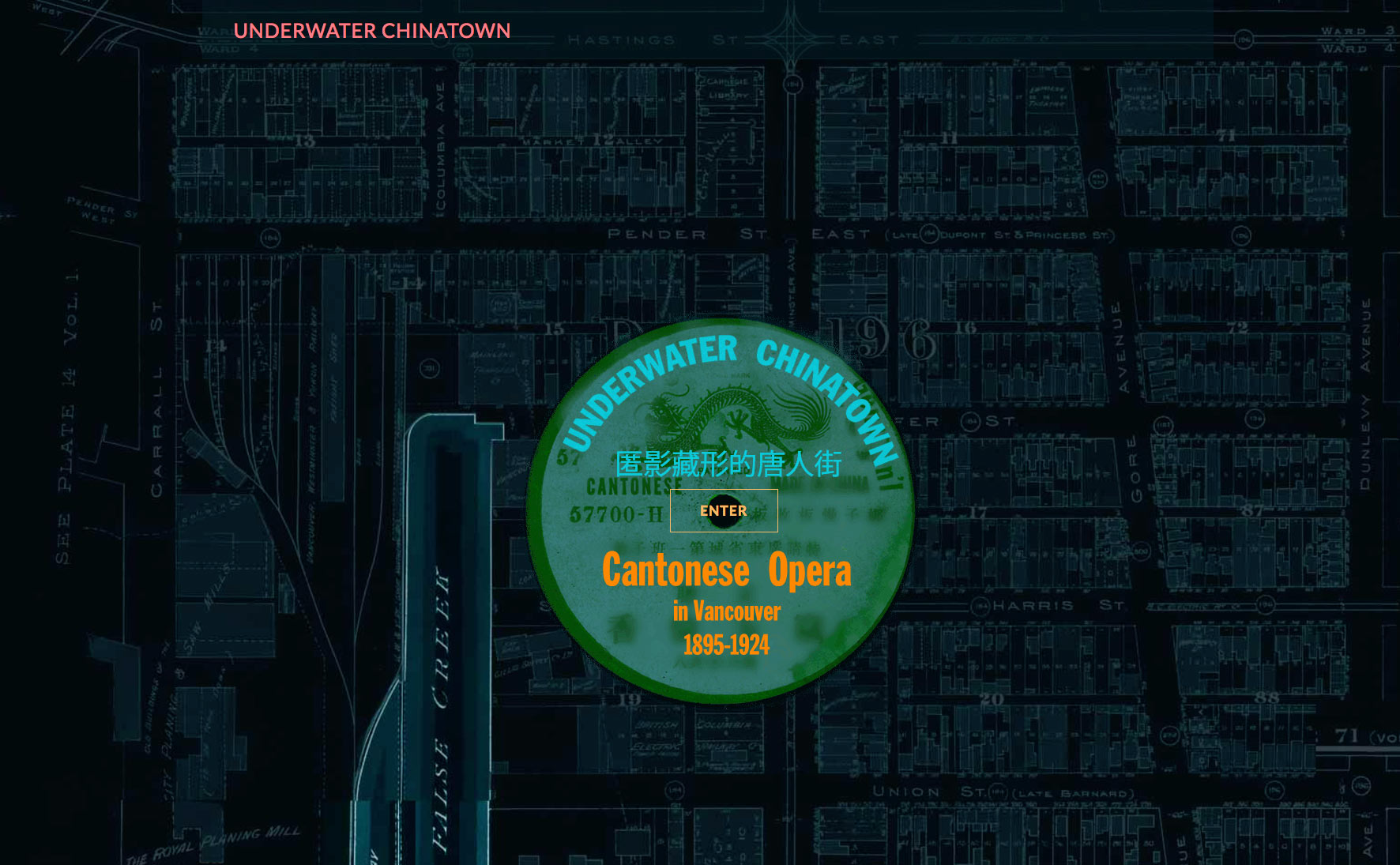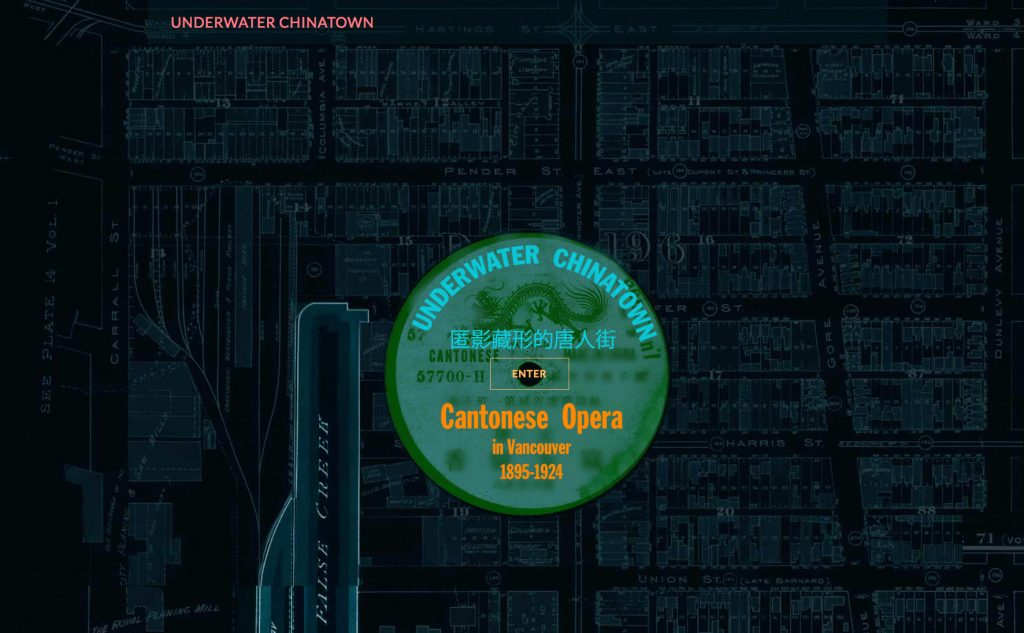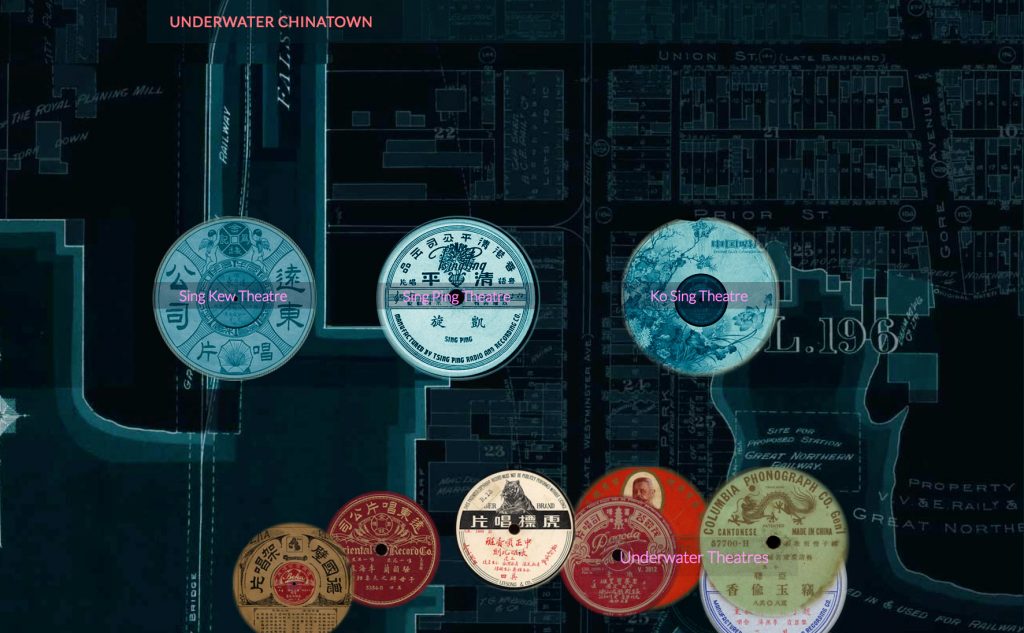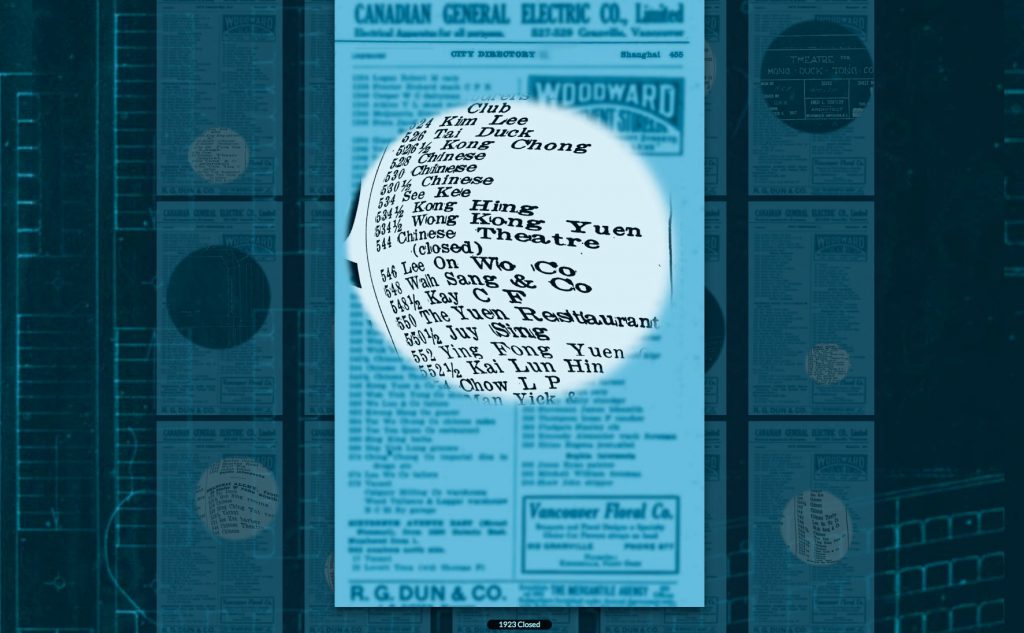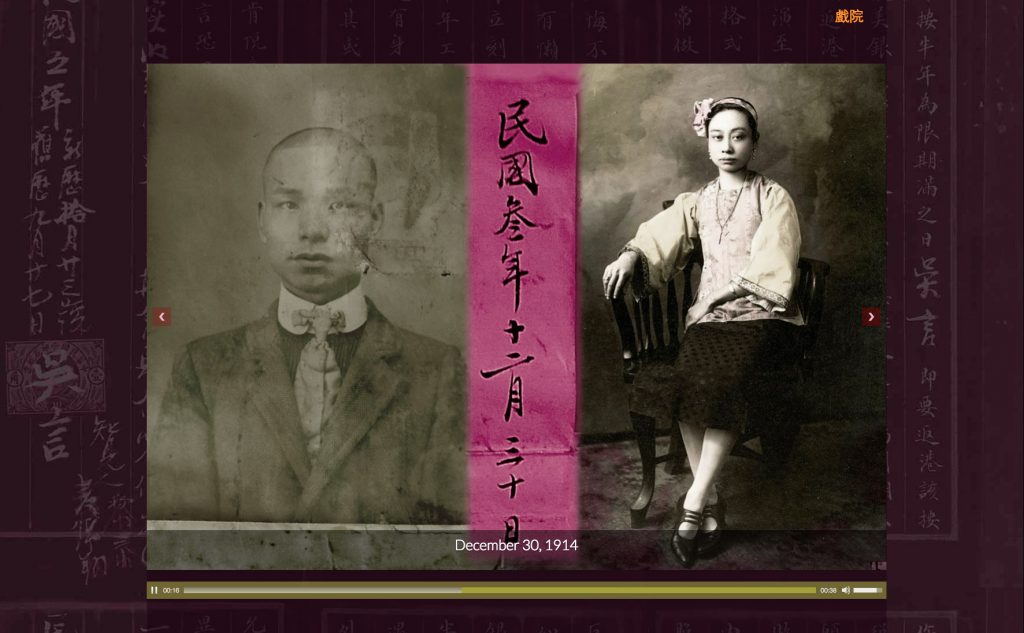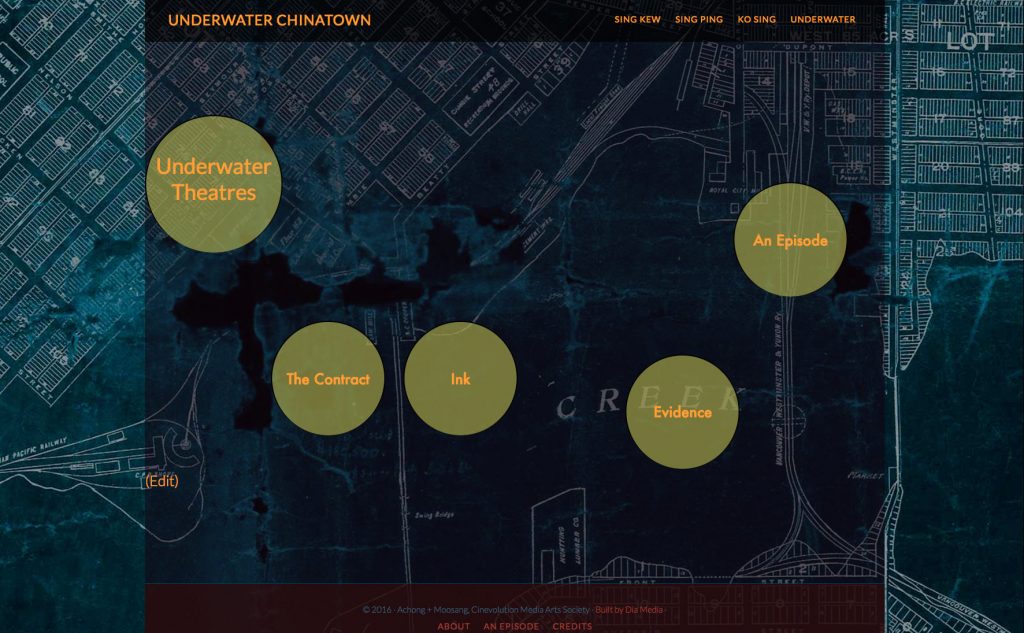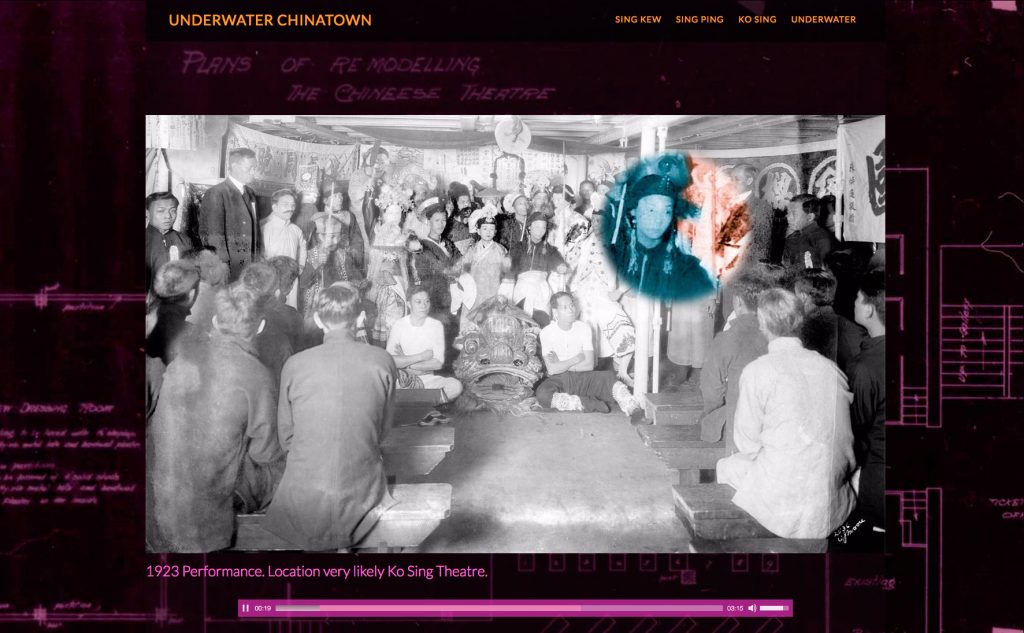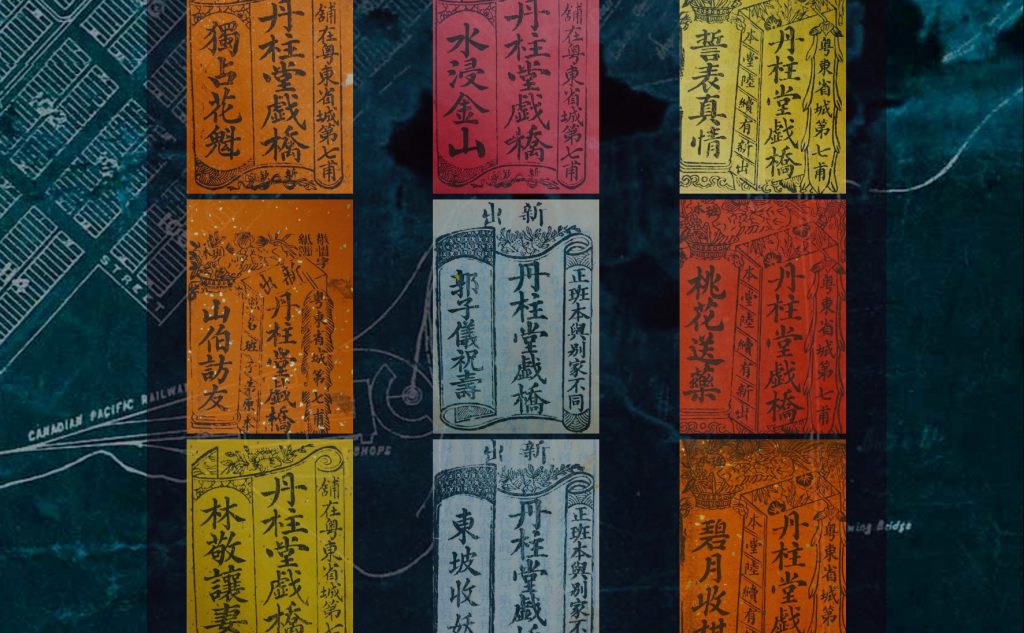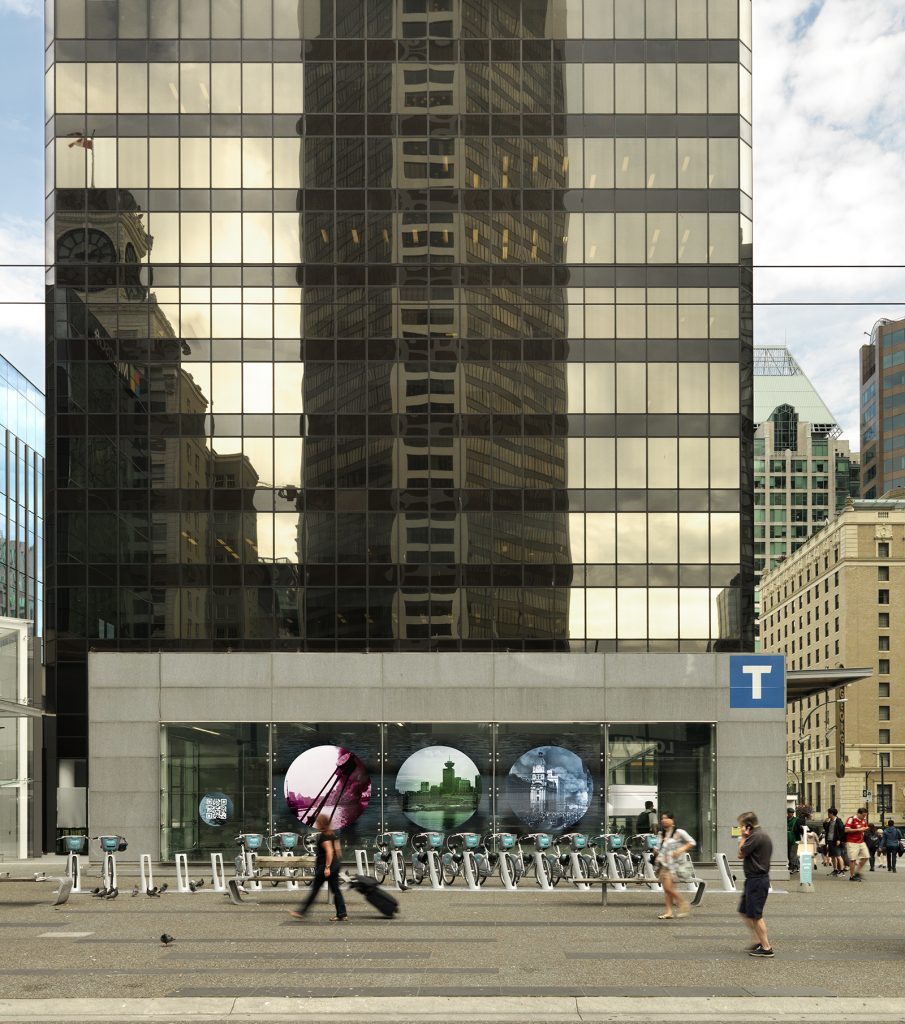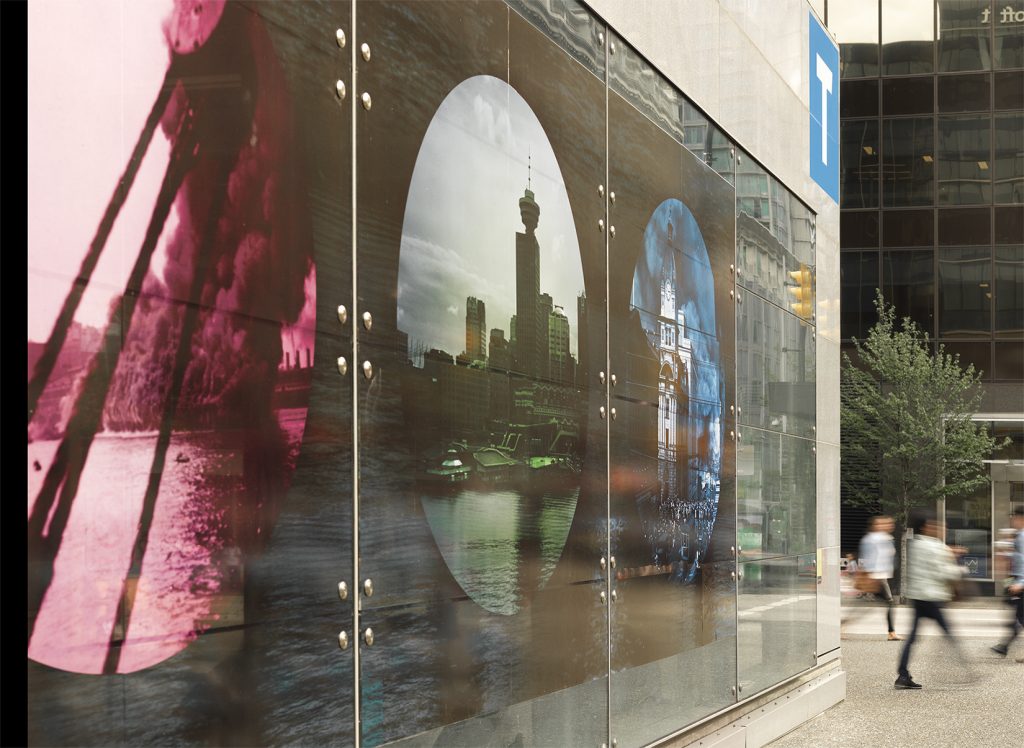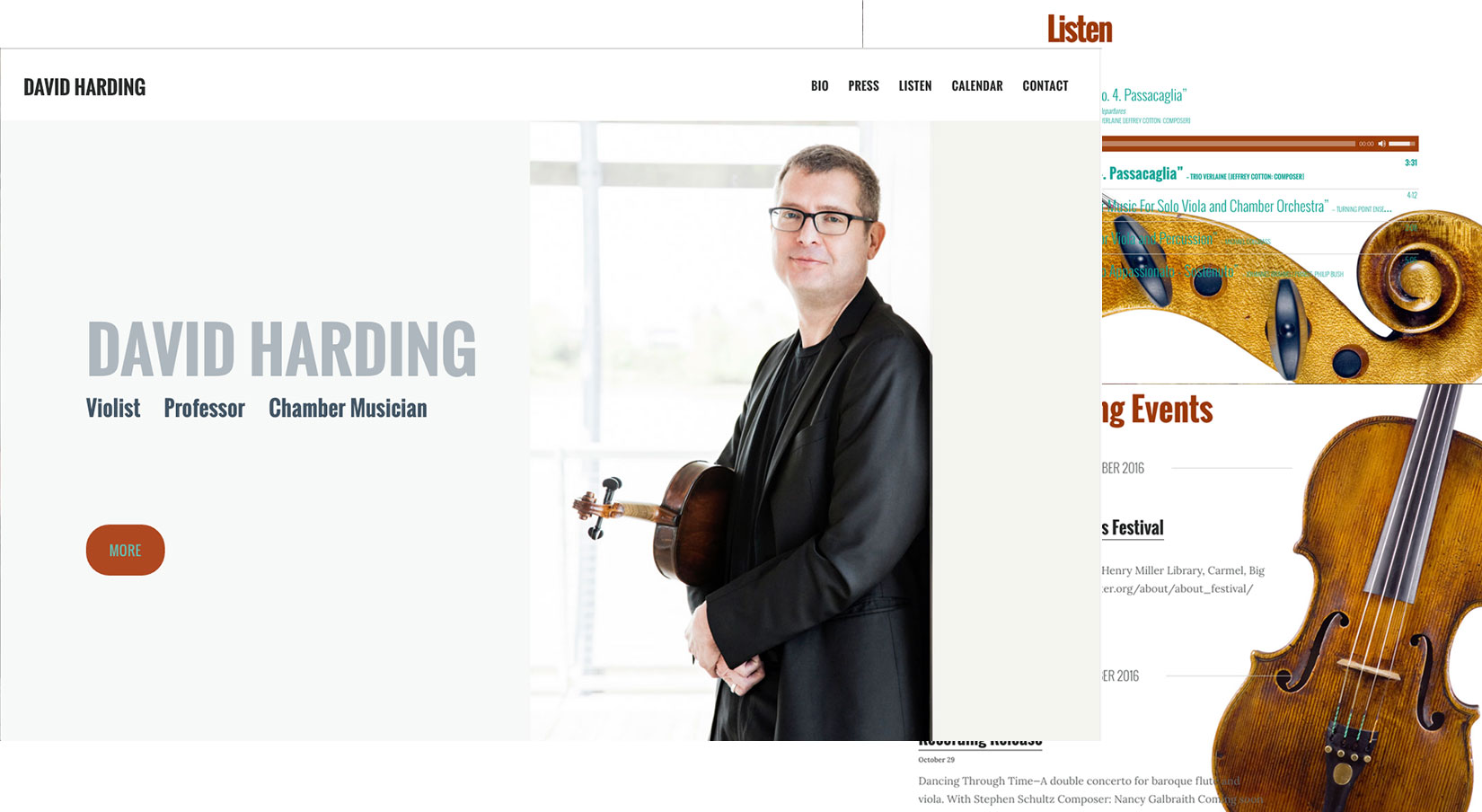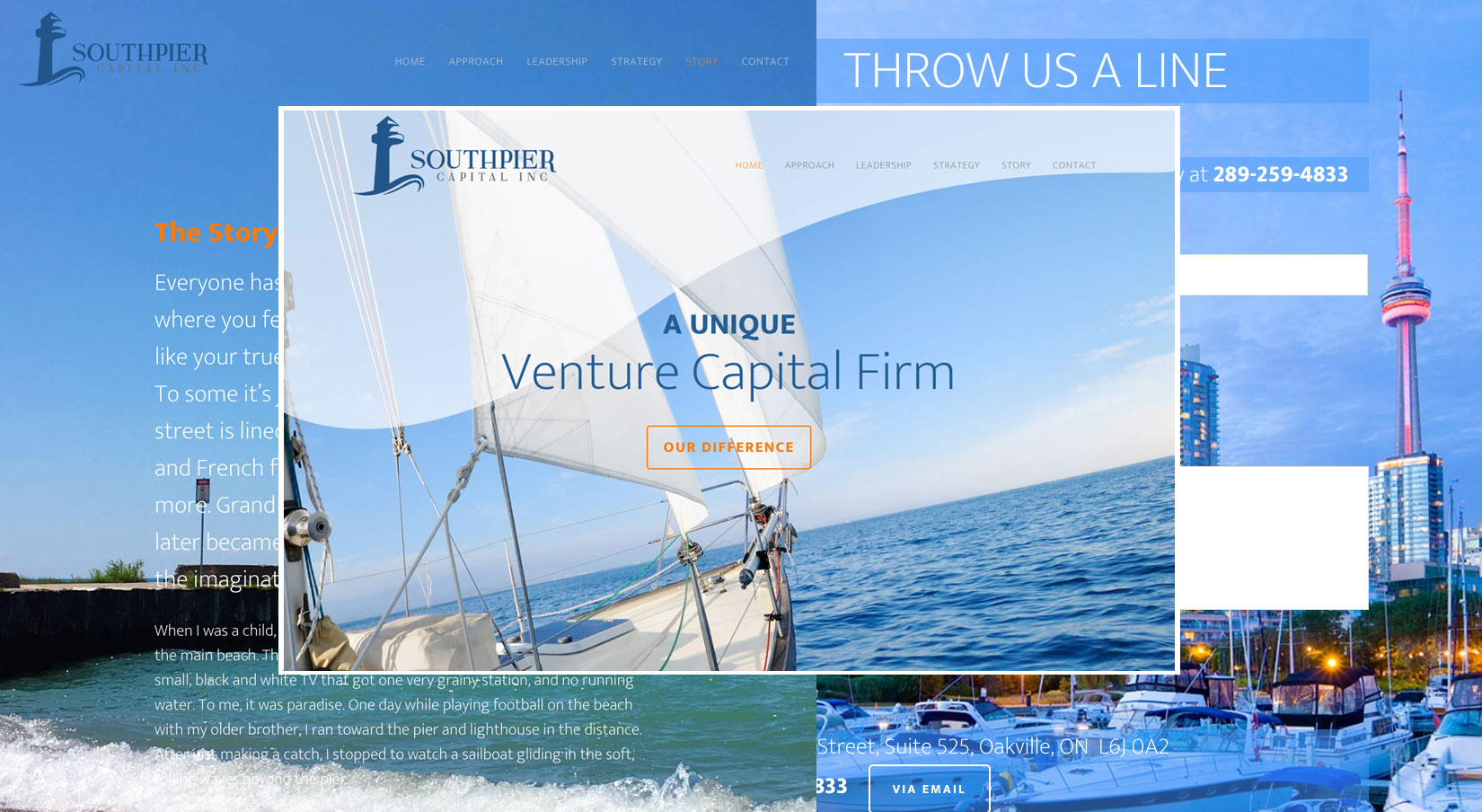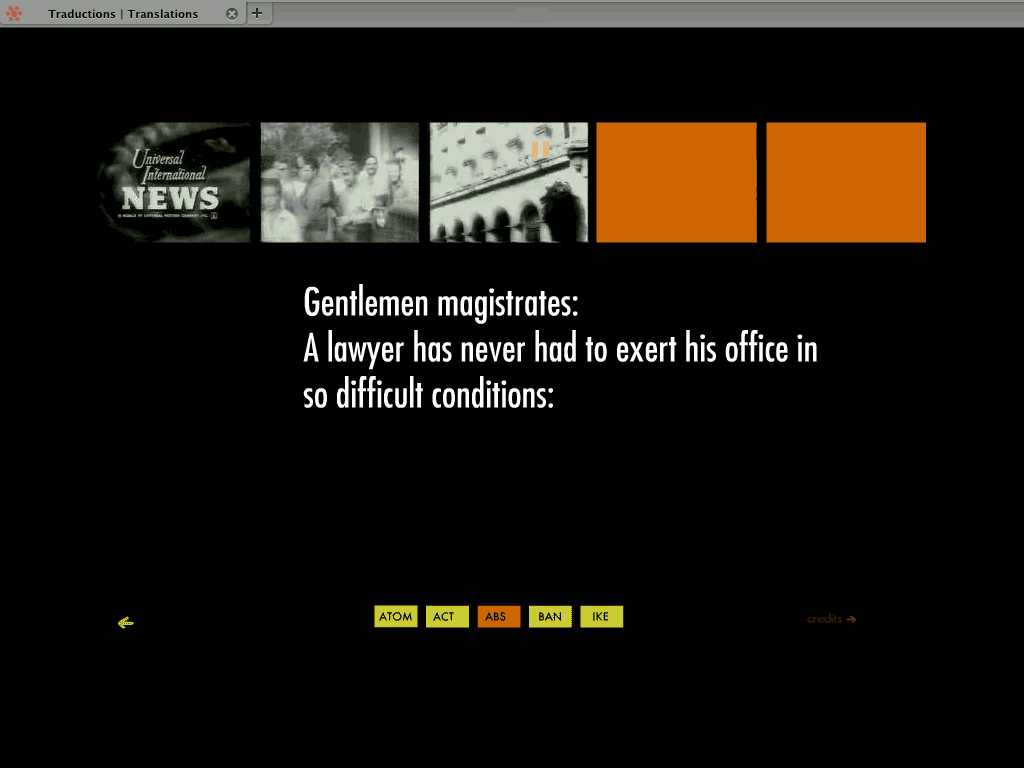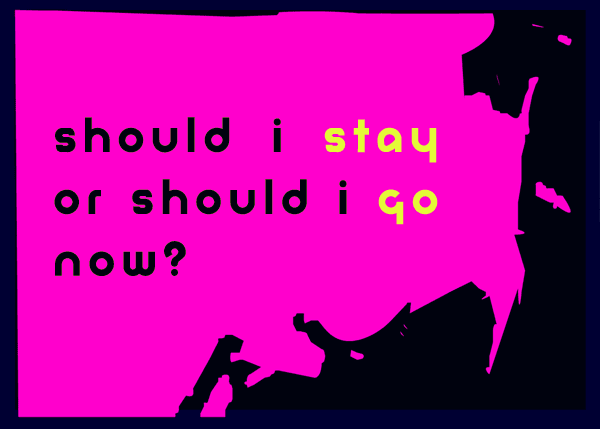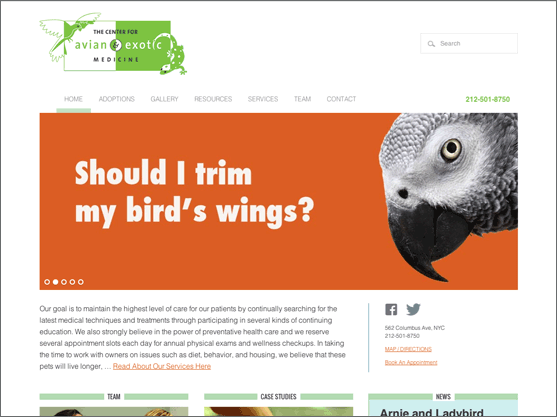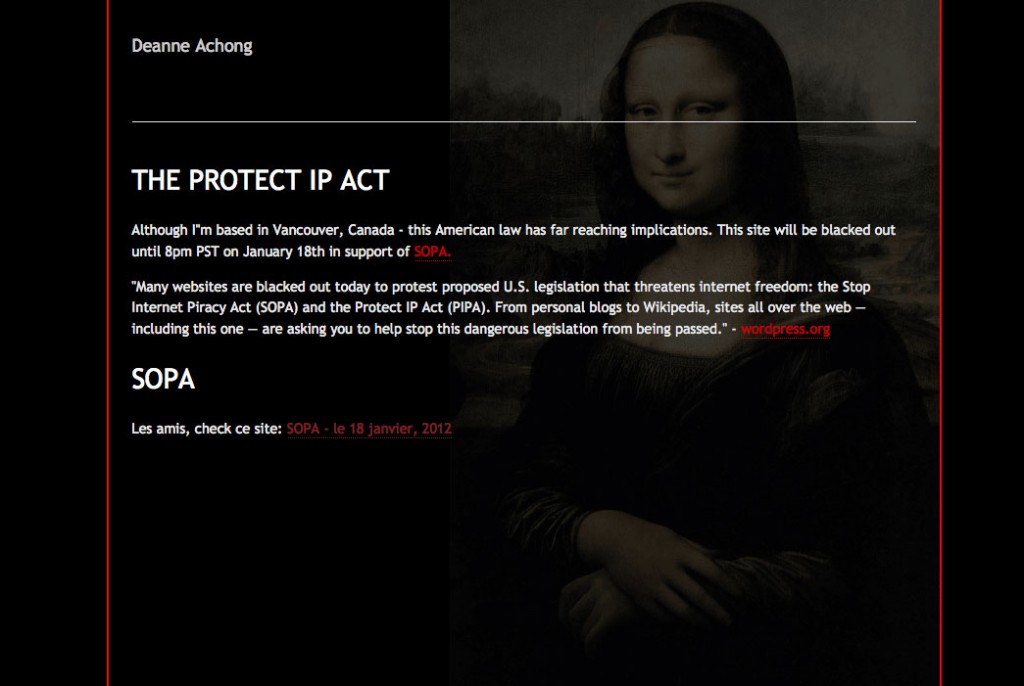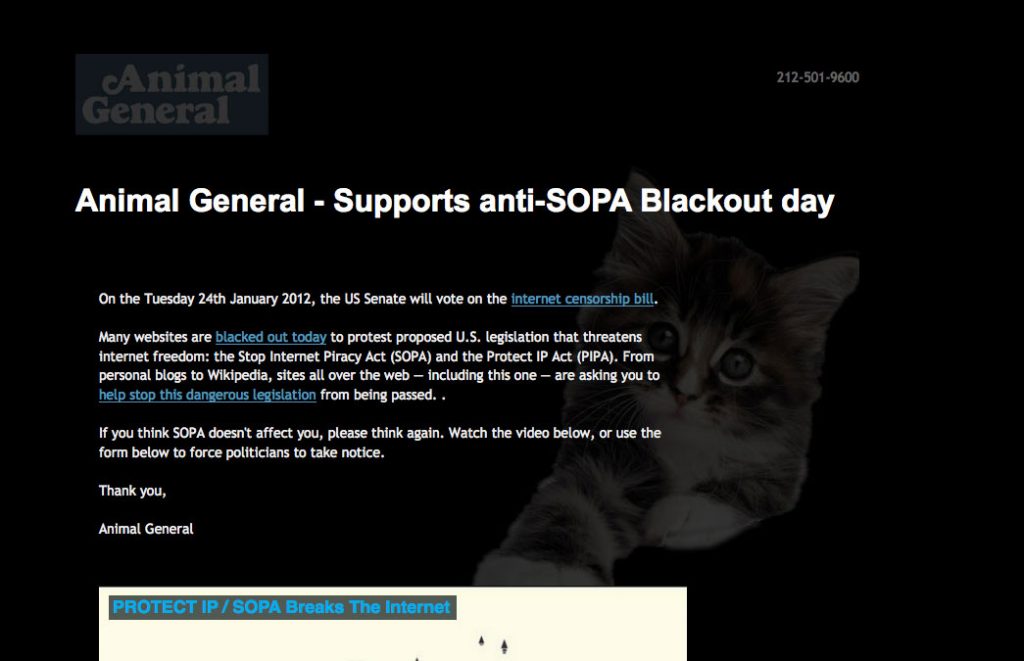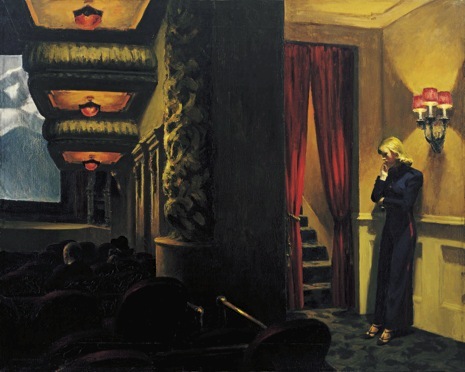So I wrote this draft so long ago, it’s comical. And it doesn’t really end. But my thoughts remain similar. For giggles, I’m going to publish it, seeing as I’ve just turned comments off and it no longer will be a magnet for all that noise. Instead it will hopefully push me to blog more and start that workshop on pricing I want to do. Cheers.”
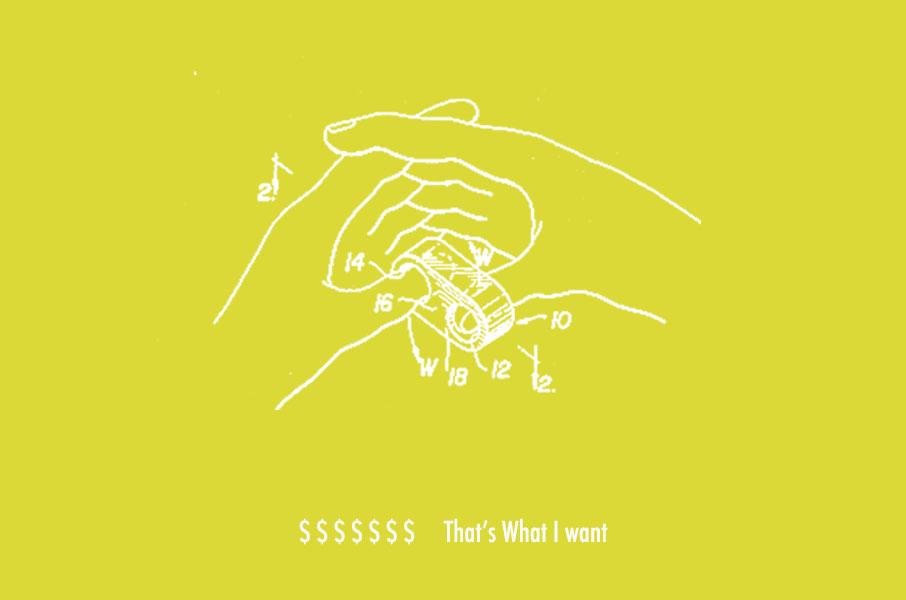
Money is a really delicate subject. More so amongst Canadians than Americans, if my personal small sampling counts as an accurate take on the pulse of money. Probably a leftover from our Rule Brittania days, stiff upper lip and all that colonizer madness.
I’ve read blogs and books that strongly advocate to never disclose your pricing in your marketing materials when you’re in the service industry (this obviously would not be the strategy if your business is a restaurant) and also read the exact opposite advice – that showing your prices attracts clients.
We had a pricing blurb up for a while – I think it attracted bottom feeders.
Recently a programmer we work with told me he is going to raise his rates. I was not surprised, in fact, I wondered why he hadn’t done this sooner. On the other hand, when I compare him with another professional we work with, whose rates were triple that of the programmer (on an hourly basis) in fact what I noticed is that overall for the job the rates were the same. That is to say, the chap charging triple rates was definitely not billing for every hour, whereas the one with the lower rates was. So in the end, on a given project, the amount they each billed out came out the same.
What’s important is the value. They both provided us with equal and great value. However they worked out the math is up to them. How we dealt with the unknown is to put milestone and caps in place. ie: when you’ve reached x amount of hours = $1k let us know, before we start piling on more feature requests and then we’ll see if it’s worth it, and then we can translate that to the client. If they have a super small budget, it won’t be worth it. If they have some latitude, but want to control costs, they can be happy knowing the details.
I’ve seen website designers say, well “we can design a site for $2,000 or you can add (insert x amount of zeroes) and we can design that too.” Which, I know really only irritates clients, and yet of course it is truthful. I do wonder however, about such a range. If you’re used to doing sites for less than $10K can you really and truly handle a $100K project just like that? Bring it on!😉 Chances are you don’t immediately have the resources available to scale up to that size. Which doesn’t mean you can’t, just that if you’re honest with yourself, your small company (2-5 employees eg) isn’t really competing with an ad agency that offers services in London, New York and Dubai, and employs 500 people.
If a designer (or coach, or photographer) doesn’t immediately reveal their prices on their website, it might be because the reverse question should be openly asked to potential clients – what is your budget? No beating around the bush, no apology. A knowledgeable designer should not respond to the answer, “About $10K” with a quote that neatly caps out at $9,900 and explains nothing. Add (or subtract) zeroes as you wish. Ultimately the sharing of pricing will come with a list of features attached. You want to save $2K – dump the customized widget that you think is really cool, but ultimately isn’t going to help your business.
Mini update 2021
Reading these thoughts now reminds me that things always shift. I used to see frequent pricing for site-maintenance (specifically WordPress) in the $25 – $99 per month range. Now I see that AI handles the job, and it’s $8/ month. There’s absolutely zero point trying to compete with AI. Unless you’re truly trying to differentiate the hands-on / eyes-on the page service. Most companies would have that sorted in-house though, no?
